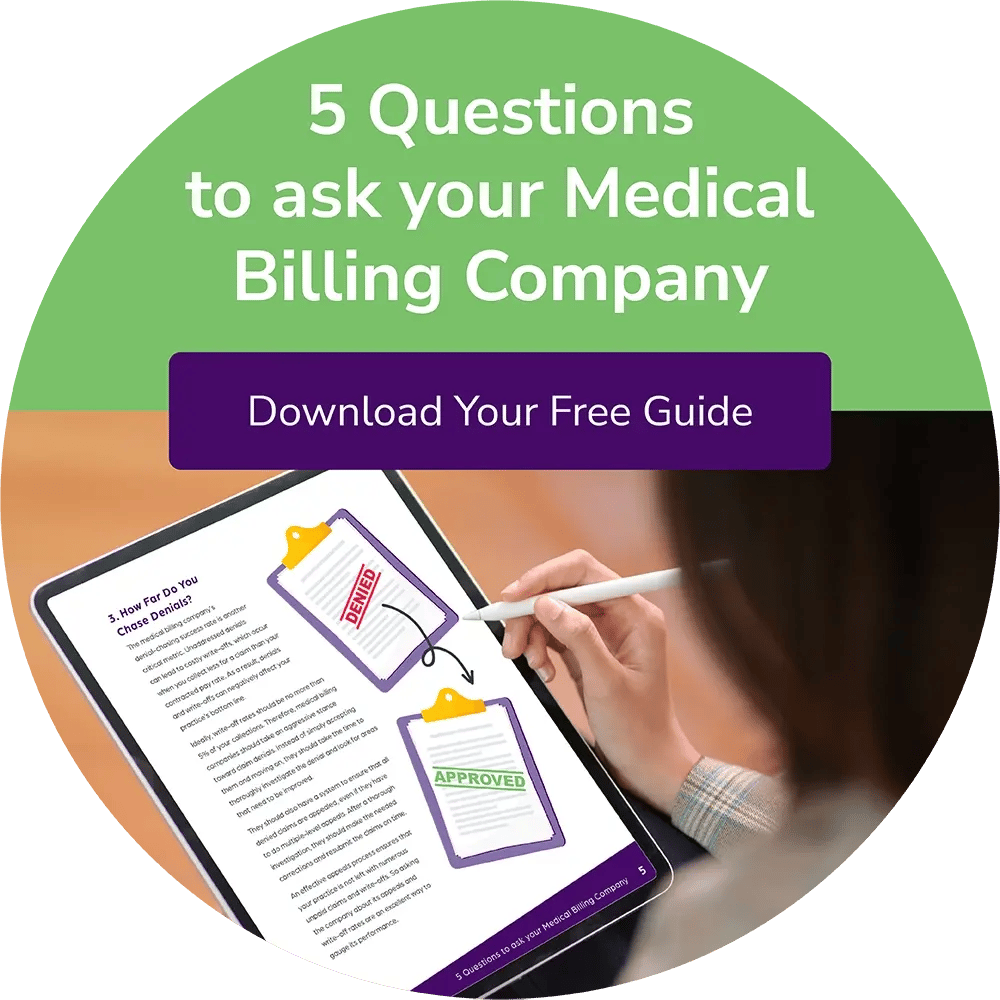Physician Burnout & How To Avoid It

Physician burnout refers to the emotional and physical exhaustion doctors experience, making it harder for them to feel a sense of achievement and build rapport with their patients. This eventually leads to higher turnover among physicians and patients. The worst cases can result in depression, substance abuse, and suicide.
The COVID-19 pandemic caused a dramatic increase in burnout and a decrease in doctor work-life integration satisfaction. People at every level of your organization must understand the impact of physician burnout and take steps to address it.
What Is Physician Burnout?
Long-term stress reactions lead to physician burnout. Nearly 63% of physicians in the U.S. report signs of burnout occurring at least once a week. As the rate of burnout increases, doctors report increased emotional exhaustion and negative attitudes toward their patients, decreased feelings of personal achievement, and reduced ability to empathize with patients.
Physician burnout has reached such proportions that the American Medical Association has included it as a core element of its Recovery Plan for America's Physicians.
What Causes Physician Burnout?
In some cases, personal characteristics such as perfectionism, self-criticism, and inadequate support systems outside of work are among the causes of physician burnout. While there were past indications that burnout happens later in careers, more recent research indicates that younger physicians have nearly twice the risk of stress compared to older physicians.
Work factors contributing to physician burnout include:
- Long hours
- Large workloads
- The risk of malpractice suits
- Time spent at home doing work-related activities
Doctors also cite a lack of autonomy and control in their work environments, along with increased time devoted to administrative tasks, as factors contributing to elevated stress levels.
On top of everything they are responsible for, doctors also have to deal with patient sickness and death constantly.
At the organizational level, research shows that workload expectations, negative leadership behaviors, limited interpersonal collaboration, and insufficient rewards contribute to physician burnout. Limited opportunities for advancement and lack of social support for physicians also play a role.
Steps to Avoid or Deal With Physician Burnout
Physician burnout must be addressed at the organizational level. However, there are also steps that physicians can individually take to relieve their stress. Organizations can encourage these activities among their staff and ensure they have the time to do them.
Physician-Level Steps to Deal With Burnout
Physicians can take steps to prevent or deal with burnout, and your organization should encourage them to do so. The American College of Emergency Physicians recommends several ways to avoid burnout by managing stress.
It recommends that physicians take the time to identify the sources of their stress, including things like self-imposed pressure for perfection. Doctors must also watch for signs of stress in themselves and their fellow physicians so they can deal with it before it leads to depression or worse.
Developing a renewal investment plan can also help physicians deal with burnout. It should include personal and work goals and a plan to reach those goals and maintain them.
The University of Pittsburgh Schools of the Health Sciences also offers wellness tips for physicians. Their self-care tips include staying connected with family, friends, and colleagues to remind physicians of their purpose and values outside of work.
It also recommends that doctors focus on their motivations for practicing medicine and explore ways to increase their satisfaction. Doing things they love outside of work, such as maintaining or starting new hobbies, can also provide an outlet for work-related stress.
Staying healthy is also a crucial part of reducing stress among physicians. Long working hours can lead to inadequate sleep, lack of exercise, and poor eating habits. Physical activity is an excellent way for physicians to redirect stress and maintain their health.
While physicians can take steps themselves to relieve their stress and reduce burnout, the onus is on organizations to take care of their employees when stress is work-related. Develop a plan for your organization that addresses burnout among physicians, nurses, and other staff. Conduct an initial survey of your staff and conduct follow-up surveys every year.
Organizational-Level Steps to Prevent Physician Burnout
Whether a practice has a few physicians or hundreds, there should be plans to deal with burnout. Some of the things your organization can do to prevent and deal with physician burnout include:
- Holding monthly meetings that focus on tackling personal and work challenges and patient care management issues
- Developing strategies to increase physician time with patients
- Determining which duties currently assigned to physicians could be handled by other staff, such as medical assistants
- Strictly enforcing work-hour limitations set by the Accreditation Council for Graduate Medical Education
- Organizing team-building activities that help make physicians and other staff feel worthy and cared for
- Offering professional coaching and stress reduction programs that are effective in other industries
- Finding ways to create a positive work environment that is safe and supportive
- Ensuring that technology helps with physician burnout rather than contributing to it
Reducing Physician Stress Through Technology
Technology such as revenue management software and electronic health records can be assets for your organization. You must ensure they are well-integrated into your clinical workflow, making information sharing among team members in different settings easy. When used correctly, the right technology can save physicians time and reduce stress.
A 2023 study on EHR usage in primary care settings found that it contributed to physician stress rather than reducing it. This was partly related to overly complex interfaces and inefficient workflows, so ensuring that the products you choose are easy to use and don't take too much time away from direct patient care is essential.
To get the full benefits of your EHR, medical billing, RCM software, and other technologies, include physicians in the decision-making process when considering new technologies and ensure that the staff are well-trained in using them.
The right technology can remove some of the time-related burdens doctors bear and enhance their overall well-being. Their stress levels decrease if they have more time to spend with their patients or have dinner with their loved ones.
Blog Post Tags
CommunityGet Awesome Content Delivered Straight to Your Inbox!
Posts by topic
- RCM
- Medical Billing Software
- Outsource Your Medical Billing
- Compliance
- Physician Billing Services
- Denial Management
- AI
- Data Analytics
- EHR
- ERA
- reporting
- Automation
- Business
- Claim Scrubbing
- Coding
- Community
- Events
- LTPAC
- Medical Billing Companies
- Medicare
- Press Release
- Revenue Cycle Management
- business development
- clearinghouse See All See Less





